Remediation Art
John Sabraw
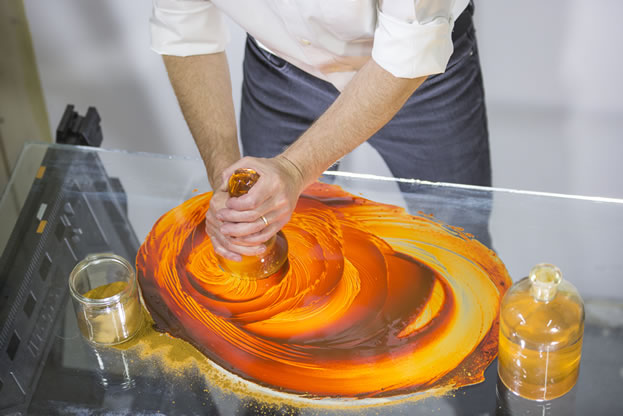 All artwork by John SabrawGrinding acid mine drainage pigment into paint.
All artwork by John SabrawGrinding acid mine drainage pigment into paint.click or tap any of these images to see them in a slideshow
Remember how a massive wastewater spill from an abandoned coal mine in Colorado turned the Animas River bright ochre for several months back in August 2015? That slick, yellow layer floating atop the water was caused by dissolved iron in the heavy-metal laden runoff that oxidized when exposed to air.
Most of us wouldn’t associate this glaring, visual proof of pollution with art, but as John Sabraw says, artists “see things differently.” An artist and self-described environmentalist, Sabraw uses toxic runoff found in water bodies in the Ohio River region to create pigments for his paintings.
The idea came to him nearly a decade ago while touring southern Ohio, a region that has hundreds of abandoned subsurface coal mines. Sabraw, who teaches art at Ohio University, noticed many of the streams near these mines were running shades of red, brown, and yellow from acid mine drainage from coal mines – drainage that acidifies waterways and kills fish and other aquatic life. Once he found out that the colors were mainly from iron oxide – the same raw material used to make paint colors – Sabraw became interested in figuring out how to use the toxic flow to make art.
Turns out, technical help was right at hand. Guy Riefler, an environmental engineering professor at Ohio University, was already working on creating paints from acid mine drainage. A collaboration was clearly meant to be. The duo collected water from polluted streams and developed techniques for separating out the iron oxides and transforming those into pigments.
Since 2008, all of Sabraw’s artwork uses these pigments to some degree. The range of colors that can be produced from the oxide varies from yellow ochre to orange to red and black. “Paintings with more of these colors will use more of them, paintings that are, say, mostly blue or green or pink may only use a hint of them,” he explains. The ultimate goal is to create paints that can be sold commercially with profits directed towards stream remediation efforts in Ohio.
Sabraw’s paintings focus on organic shapes and textures like the meandering flow of rivers and delta systems, the fine patterns in leaves and barks, and the natural spheres formed by water drops. He’s constantly on the lookout for “idiosyncratic connections between things, simultaneous macro and micro events, the compression of time and distance, the glory of our universe, and natural and cosmological processes.” While he believes it’s our willful ignorance of these connections that has led to the world’s current state of ecological crisis, he’s also confident that we have the knowledge and technological means to resolve this crisis. Turning acid mine drainage into something useful and beautiful is but one example of that.
—MAUREEN NANDINI MITRA
John Sabraw’s art is in numerous collections including the Museum of Contemporary Art, Honolulu, the Elmhurst Museum in Illinois, Emprise Bank, and Accenture Corp. You can find more of his work at johnsabraw.com
For further information log on website :
http://www.earthisland.org/journal/index.php/eij/article/remediation_art/
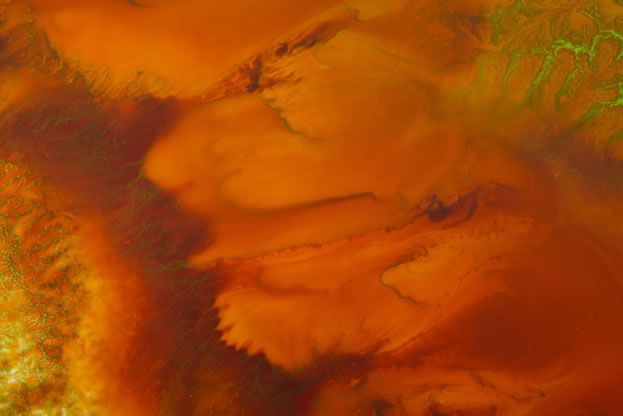
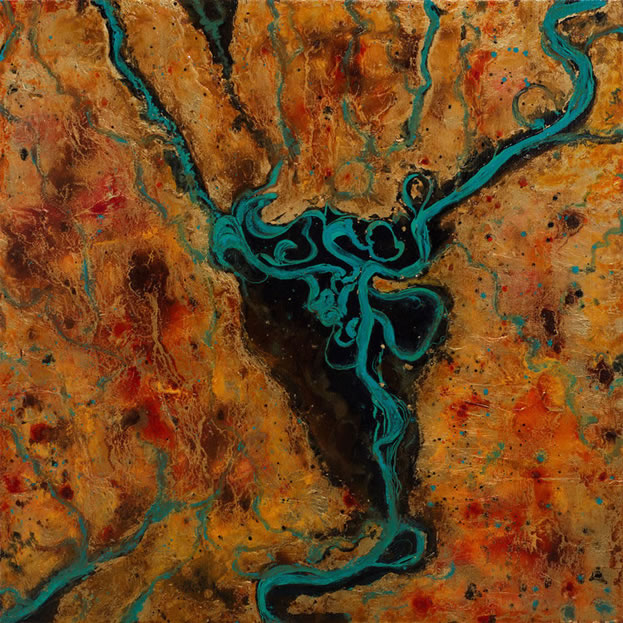
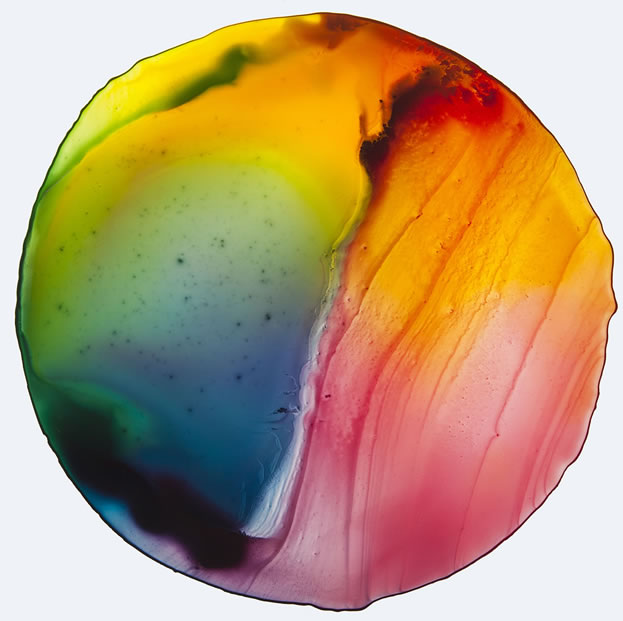
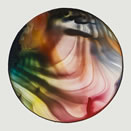
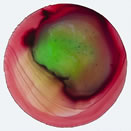
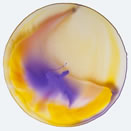


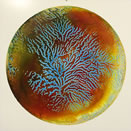
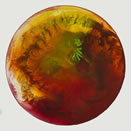





No comments:
Post a Comment